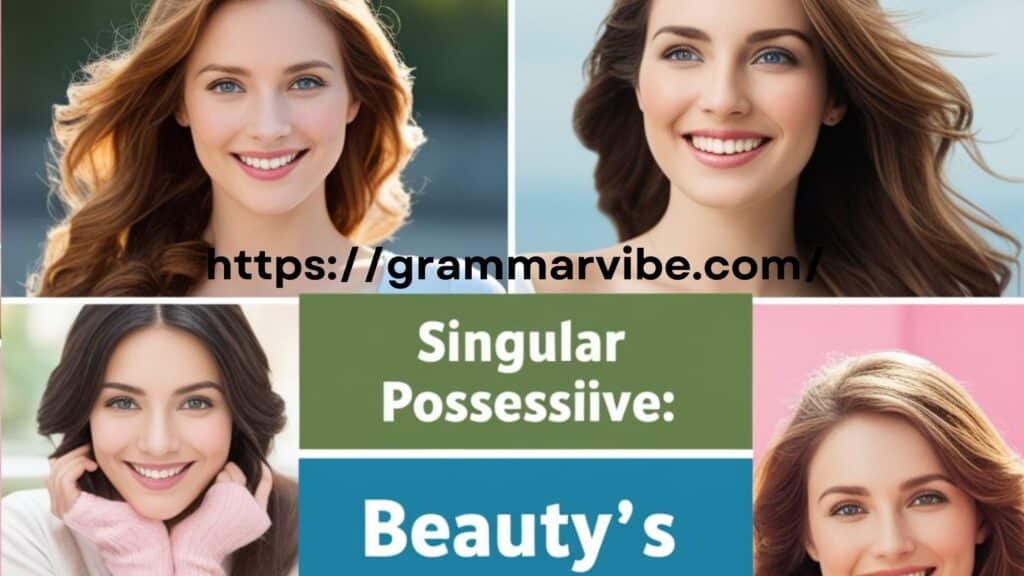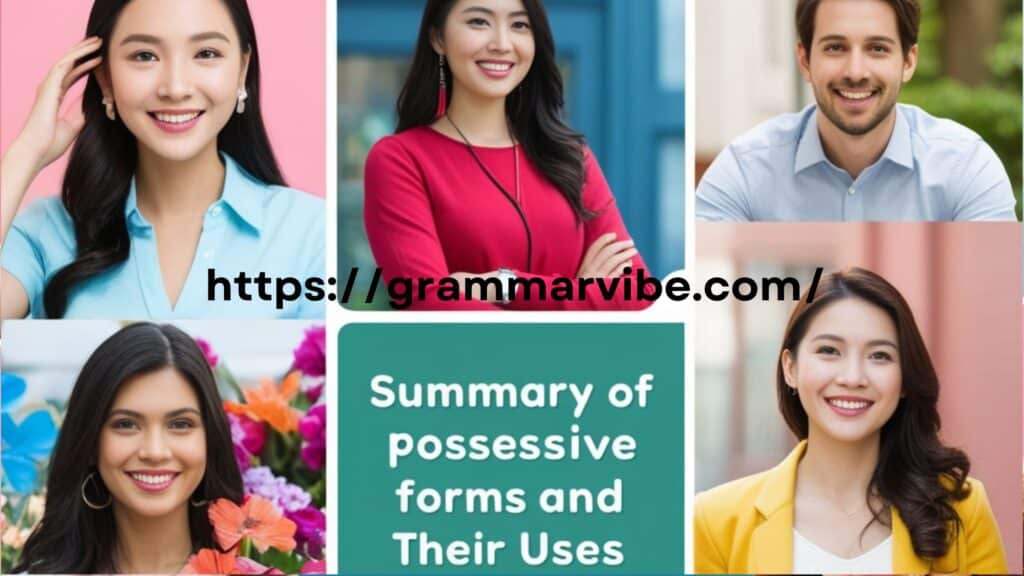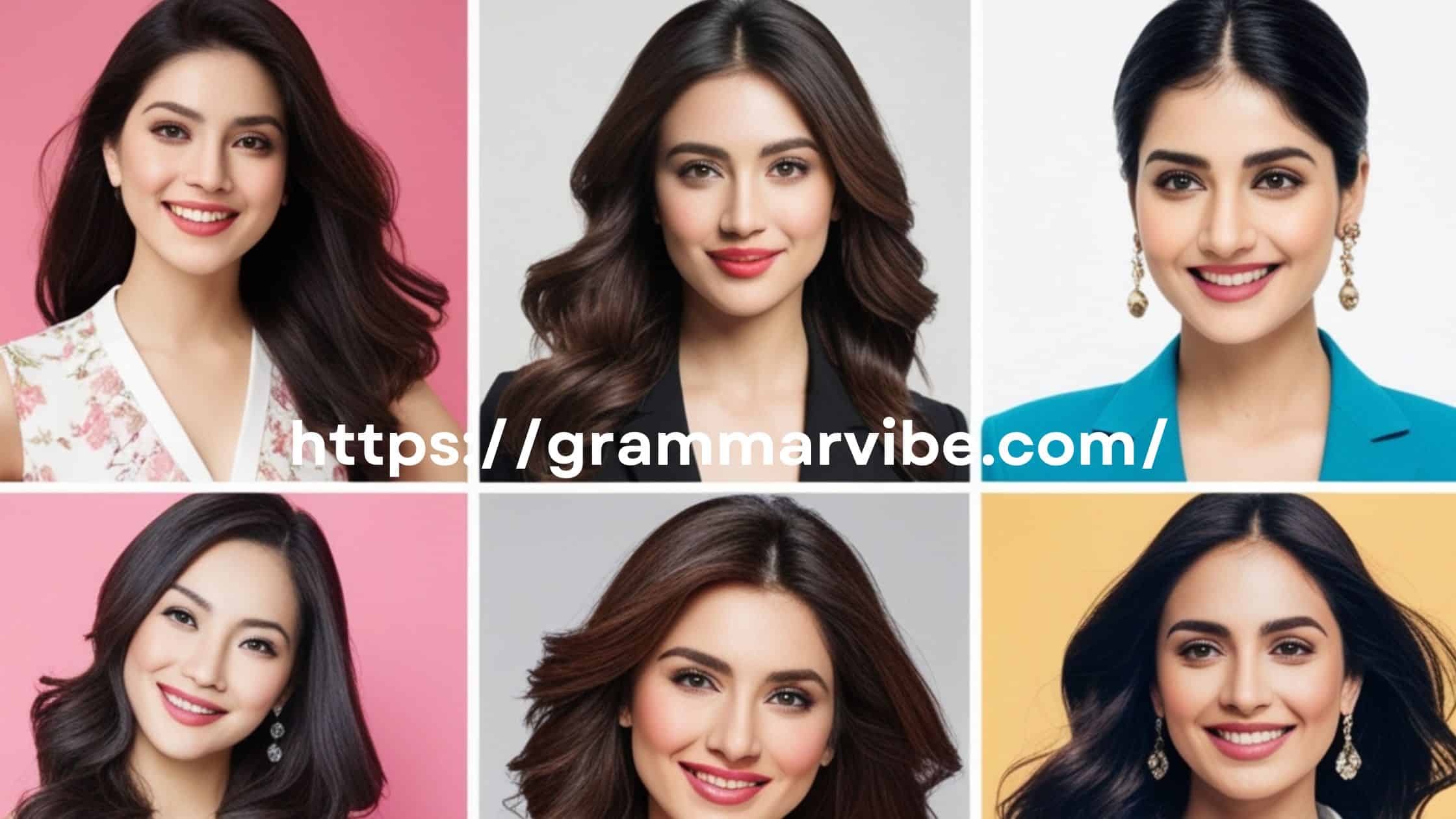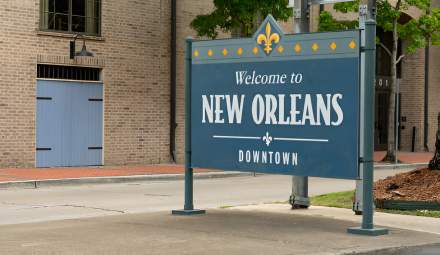The English language is full of nuances, and one of the trickiest aspects to master is possessive forms, especially when dealing with words like beauty and beauties. It’s easy to confuse beauty’s, beauties’, and beauties because they all sound similar but have distinct meanings and uses.
This article will break down each form, explain when to use each one, and provide scenario examples to clarify their proper use.
Singular vs. Plural: Getting Started
Before diving into the possessive forms, let’s start with the basics: the singular form and plural form of the word “beauty.”
- Singular form: Beauty refers to one person, object, or thing with the quality of being beautiful.
- Plural form: Beauties is the plural version of beauty and refers to more than one beauty.
Understanding whether you’re talking about one or more “beauties” is crucial before applying possessive rules. Let’s explore these rules further.
Singular Possessive: Beauty’s

The singular possessive form of beauty is beauty’s. This is used when you are referring to something that belongs to or is a trait of a single beauty. Essentially, you add an apostrophe + “s” to the singular form beauty to show possession.
Example Scenarios:
- Beauty’s charm captivated the entire room. Here, “beauty” is a singular noun, and its “charm” is something it possesses.
- The beauty’s smile brightened everyone’s day.
- The beauty’s gown shimmered under the lights of the ballroom.
In each of these examples, beauty’s is being used to indicate attributes of beauty such as charm, smile, and gown.
Non-Physical Traits:
In addition to physical traits, beauty’s can also refer to non-physical attributes like intelligence or grace.
- The beauty’s intelligence was evident in the way she solved the problem.
- Her beauty’s grace and poise made her stand out in the competition.
- The beauty’s kindness touched everyone she met.
These examples showcase that the singular possessive is not limited to physical characteristics; it can also describe traits of beauty related to personality or behavior.
Events or Achievements:
You can also use beauty’s when talking about something that a single beauty has accomplished or experienced.
- The beauty’s achievements were recognized during the award ceremony.
- A relaxing spa day was the beauty’s idea of a perfect weekend.
- The gala celebrated the beauty’s contribution to the arts.
In these cases, the possessive form indicates ownership or connection to an event or experience.
You might also like: Other Ways to Say “See You Then”
Plural Possessive: Beauties’
Now, let’s move on to the plural possessive form, beauties’. This is used when referring to something that belongs to or is a trait of more than one beauty. You form the plural possessive by adding an apostrophe after the “s” in the plural form beauties.
Example Scenarios:
- The beauties’ faces were illuminated in the soft evening glow. Here, “beauties” refers to multiple individuals, and the possessive apostrophe shows that their faces are being referenced.
- The artist captured the beauties’ distinct personalities in the painting.
- The designer showcased the beauties’ unique styles on the runway.
These examples show that beauties’ is used to describe things possessed by or associated with multiple beauties.
Collective Attributes:
In many cases, beauties’ is used to discuss collective attributes or achievements of a group of beauties.
- The event highlighted the beauties’ commitment to social causes.
- The photographer captured the beauties’ radiant smiles during the charity gala.
- The magazine focused on the beauties’ collective strength and resilience.
Here, the plural possessive emphasizes the collective beauty and accomplishments of more than one individual.
Shared Experiences:
The plural possessive form can also refer to experiences, settings, or objects shared by multiple beauties.
- The beauties’ lounge offered a serene escape from the hustle and bustle of the city.
- The retreat was designed for the beauties’ relaxation and rejuvenation.
- After a long day, the beauties’ spa session was well-deserved.
In these instances, beauties’ signifies something shared among a group of beauties, such as a location or experience.
For your interest: Other Ways to Say “Have a Safe Trip”
Plural: Beauties
The plural form of beauty is beauties. This version is used when you’re simply referring to more than one beauty without indicating possession.
Example Scenarios:
- The pageant showcased the diverse beauties competing for the crown.
- The Renaissance period was known for its depiction of Renaissance beauties in art.
- Different beauties were present at the event, each one unique in her own way.
In these examples, beauties is simply the plural noun, and no ownership or possession is being expressed. It’s important to remember that beauties is the standard plural and should not have an apostrophe unless you are making it possessive.
Collective Beauty:
Sometimes, beauties is used to describe the collective appeal or diversity of a group.
- The exhibition celebrated the inner and outer beauties of the participants.
- The photographer captured the natural beauties of the landscape.
- Beauties come in all shapes, sizes, and forms, and each one is valuable.
In these cases, beauties refers to a variety of individuals or things that possess beauty in different ways.
Check out this: Other Ways to Say “Welcome Home”
Table of Possessive Forms
| Form | Example |
|---|---|
| Singular | Beauty |
| Plural | Beauties |
| Singular Possessive | Beauty’s |
| Plural Possessive | Beauties’ |
This table can be a handy reference when you’re unsure whether to use beauty, beauty’s, beauties, or beauties’ in your writing.
More for you: Other Ways to Say “I Hope Everything Is Going Well with You”
Summary of Possessive Forms and Their Uses

- Beauty’s – Use this form when referring to something that belongs to a single beauty or when describing a trait of one beauty.
- Example: The beauty’s gown was the highlight of the evening.
- Beauties’ – This form is used when talking about something that belongs to more than one beauty or when describing shared attributes of multiple beauties.
- Example: The beauties’ radiant smiles lit up the room.
- Beauties – Use this when referring to more than one beauty without showing possession.
- Example: The photographer captured the beauties in their finest moments.
Conclusion
Mastering the difference between beauty’s, beauties’, and beauties can significantly enhance your writing, especially in formal or academic contexts. Knowing when to use singular possessive forms like beauty’s or plural possessive forms like beauties’ is crucial for ensuring clarity and precision in your work. Additionally, understanding the difference between beauty as a singular form and beauties as the plural form helps convey your message more effectively.
Remember, beauty’s charm may be captivating, but the collective strength and radiant smiles of beauties can inspire awe. Whether you’re referring to the elegance of a single beauty or the unique personalities of a group of diverse beauties, using the correct form is essential. Keep this guide handy, and you’ll never have to second-guess your use of possessives again.
In the world of writing, attention to detail adds polish and professionalism to your work. By properly using beauty’s, beauties’, and beauties, you not only avoid common grammatical mistakes but also showcase your understanding of possessive forms, adding credibility to your content.
Now that you’ve learned the difference, you’re ready to apply these rules with confidence in your writing. Embrace the beauty of clear, precise language and let your words shine!

Kyren Paul is an experienced blogger and the creative mind behind “Grammar Vibe.” With a passion for the nuances of English grammar, he brings clarity and insight to everyday language topics, making grammar accessible and engaging for readers of all levels.











Leave a Comment